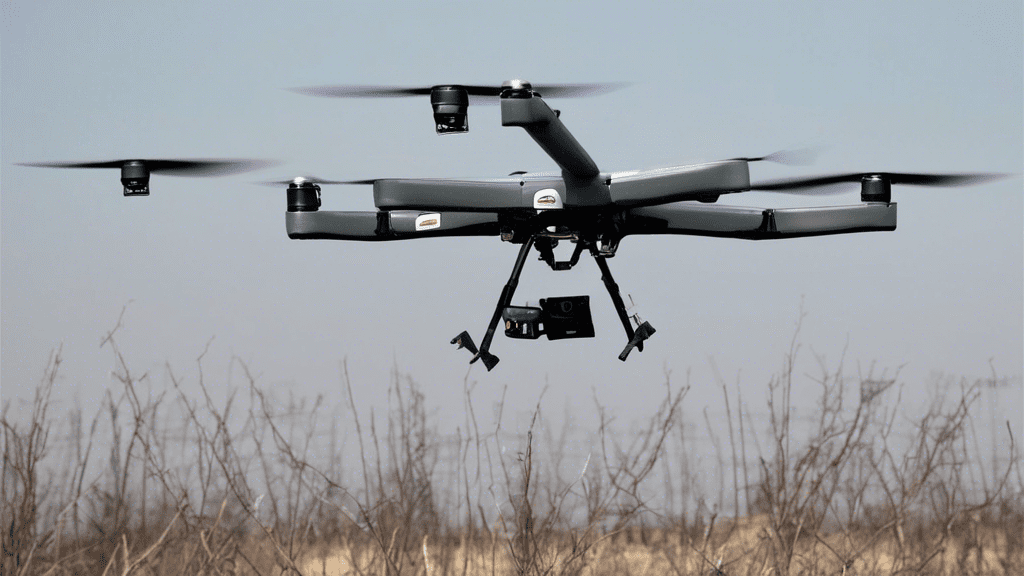Overview of the Recent Drone Assault
The landscape of warfare is rapidly changing, and nowhere is that more evident than in the recent events between Russia and Ukraine. On November 26, 2024, things escalated dramatically when Russia unleashed an astounding 188 Shahed drones and four Iskander-M ballistic missiles in what is now the largest drone attack since the conflict began. This unprecedented strike was not just a one-off incident; it marked a ruthless approach where multiple launch sites across Russia like Orel, Bryansk, Kursk, and Primorsko-Akhtarsk were used to maximize impact.
When faced with such a significant threat, Ukraine demonstrated resilience and tactical ingenuity. Ukraine’s air defense systems swung into action and successfully shot down 76 of these attacking drones across 17 different regions. Despite being able to intercept a large portion of the incoming threat, the attack left a mark – literally, as debris from the downed drones caused damage to various structures in Kyiv, injuring two civilians.
Countermeasures and Strategic Developments
What’s noteworthy is not just the sheer scale of the attack but Ukraine’s response. Beyond the conventional means of intercepting drones, Ukrainian forces implemented advanced electronic warfare strategies that resulted in 95 drones being diverted. This clever tactic involved manipulating the satellite coordinates of the drones, leveraging technology to turn the tide on the attackers. In some instances, these redirected drones ended up flying back into Russian and Belarusian territories, showcasing just how effective these electronic countermeasures can be.
The counterattack had a broader regional impact, affecting areas such as Chernihiv, Sumy, Kharkiv, and Poltava, among others. It’s a testament to the chaos these drone operations can create, extending the conflict’s shadow far beyond the immediate battlegrounds. However, even with these successful interceptions, some drones managed to bypass defenses and headed towards Belarus, Russia, or temporarily occupied territories, indicating that the threat of drone warfare remains ever-present.
In the context of global geopolitics, the spike in drone attacks coincides with heightened international tensions. Russia’s testing of an experimental hypersonic missile, the Oreshnik, adds a layer of complexity to the situation. Meanwhile, Ukraine’s utilization of long-range missiles supplied by the US to strike back exemplifies the evolving dynamics of military alliances and strategies on the world stage. The interplay between these advanced technologies and tactics emphasizes a new era where electronic warfare and drone capabilities are pivotal.
Ultimately, Ukraine’s ability to utilize electronic warfare to disrupt enemy operations reveals its adaptability in this ongoing conflict. The blend of technology and military strategy is pushing the boundaries and setting new norms in warfare, demonstrating just how critical it will be for nations to evolve their defense practices in line with these advancements. This recent engagement might just be a glimpse into the future of modern warfare, where agility and technological prowess become paramount.
